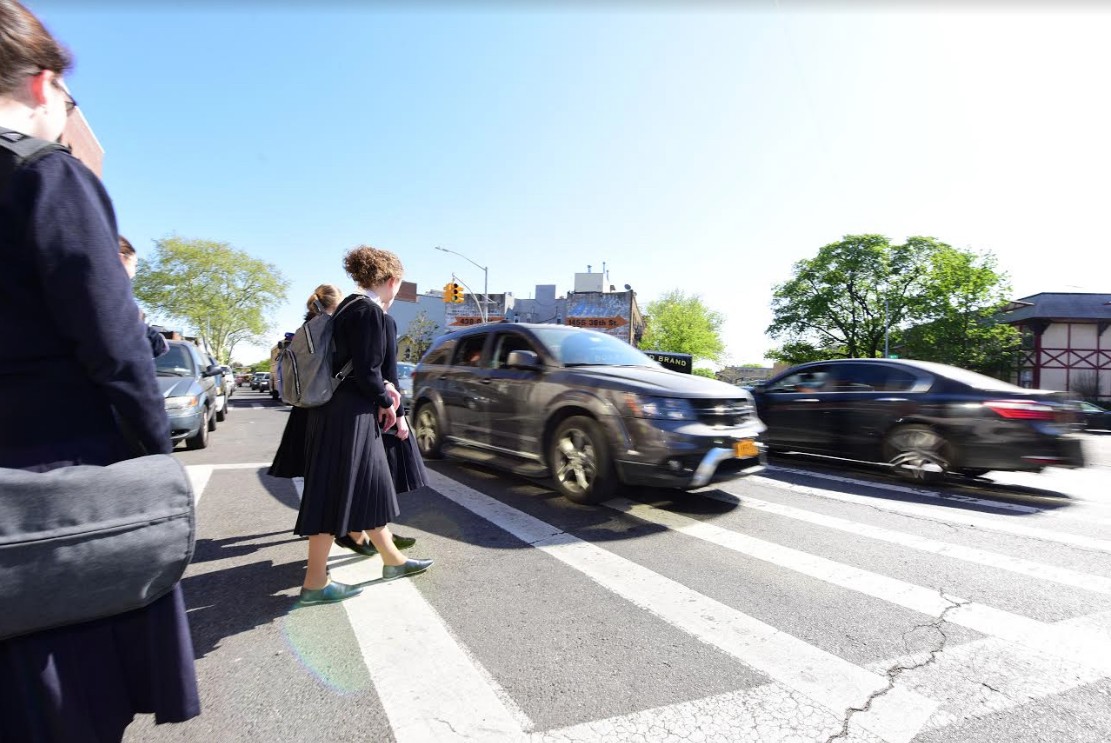Transit ‘master plan’ would bring 250 miles of new protected bike lanes
“This is a roadmap to breaking the car culture in a thoughtful, comprehensive way."

Nearing the end of a deadly month for city cyclists, a group of lawmakers Wednesday unveiled a “master plan” to help hold the city’s Department of Transportation accountable for street safety improvements.
The bill, spearheaded by City Council Speaker Corey Johnson and co-sponsored by Brooklyn Councilmember Antonio Reynoso, would require DOT to “issue and implement” a strategy for the use of streets, sidewalks and pedestrian spaces every five years.
Johnson’s bill would “prioritize” the safety of cyclists, as well as pedestrians, according to its summary, and require DOT to achieve specific “benchmarks” for street redesigns, protected bus and bike lanes, parking and more.

Brooklyn Boro
View MoreNew York City’s most populous borough, Brooklyn, is home to nearly 2.6 million residents. If Brooklyn were an independent city it would be the fourth largest city in the United States. While Brooklyn has become the epitome of ‘cool and hip’ in recent years, for those that were born here, raised families here and improved communities over the years, Brooklyn has never been ‘uncool’.